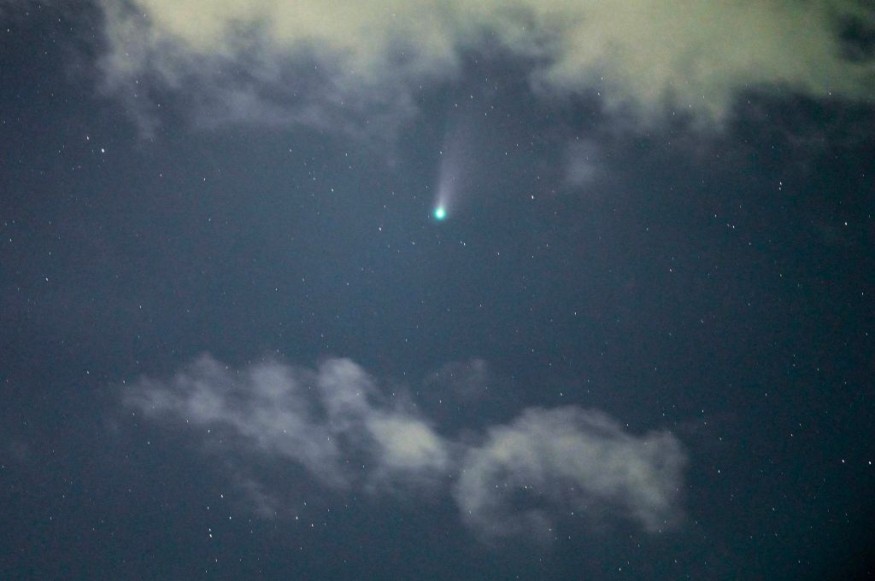Killer asteroids have reportedly remained a major threat for their potential to hit Earth in a specific point in time in the future.
Astronomers and space enthusiasts in the past have long speculated the possibility of the next planet-killing asteroid is not a matter of fact but rather time.
Now, a new tool developed allowed the detection of 100 killer asteroids, which were previously unknown to any astronomical database or records.
The technology is run by an algorithm that utilizes asteroid archives instead of relying on manual observation on the night sky.
Over recent years, the National Aeronautics and Space Administration (NASA) and other space agencies worldwide have reached significant advancement when it comes to space technology.
This progress included the creation of sophisticated space rockets and concepts for space exploration from private companies, including those from Elon Musk's Space X.
However, the successful detection of all incoming asteroids toward Earth is not absolute; as recent space events pertaining to these space rocks showed that the estimation of an asteroid impact or asteroid flyby have proven to be inaccurate, including those from the initially projected asteroid strike of 2009 JF1 on May 6.
The ADAM Platform

On Tuesday, May 31, the B612 Foundation announced their newly developed asteroid detection platform called Asteroid Discovery Analysis and Mapping (ADAM), which was responsible for detecting the previously unknown asteroids.
The foundation is a non-profit organization based in California, United States.
According to former NASA astronaut Ed Lu, the executive director of the foundation's Asteroid Institute, ADAM is capable of detecting asteroids by making any telescope with a recorded archive could be converted into an asteroid search telescope, as cited by NBC News.
Lu emphasized the platform uses the power of large-scale computation; where the objective is to allow not only additional discoveries of asteroids from existing telescopes but also to detect and monitor asteroids in historical images which went unnoticed.
Also Read: Gigantic Asteroid Will Pass By Earth in 7 Years, Do We Have Defense Against Such Threats?
THOR Algorithm
The B612 Foundation says ADAM's system is based on a novel algorithm called Tracklet-less Heliocentric Orbit Recovery (THOR).
The THOR algorithm connects light that are consistent between the asteroid orbits and their night sky archival images.
If the technology confirms the space object is an asteroid, the algorithm then calculates its orbit and starts the tracking process, according to a press release from the media company Cision PR Newswire.
Near-Earth Asteroids
According to NASA, almost 30,000 near-Earth asteroids have been detected up to date.
Some of these space rocks vary in sizes and distance, which are situated relatively near our planet's orbit.
However, the US space agency is concerned for a small number of killer asteroids that are large enough to either cause widespread damage or pose an extinction-level event in case of a direct impact.
With asteroid detection and planetary defense efforts are underway, NASA is currently engaged with the Double Asteroid Redirection Test (DART), a space program which aims to test the deflection of an incoming asteroid and other near-Earth objects through kinetic impact.
© 2026 NatureWorldNews.com All rights reserved. Do not reproduce without permission.





